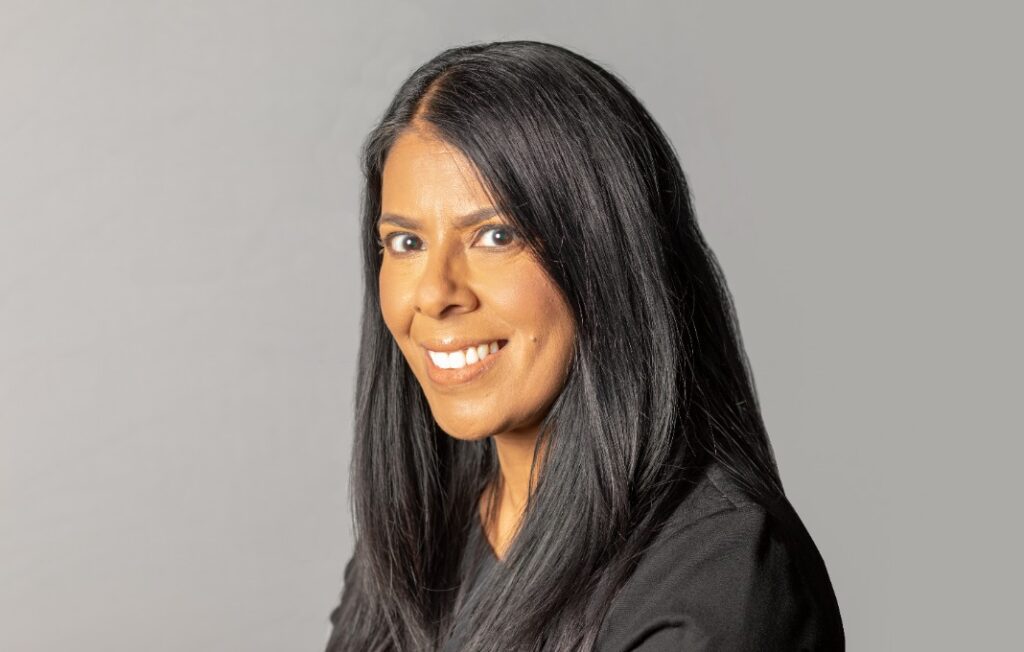While micromanagement in the workplace demoralizes, macromanagement empowers.
So says Shane Metcalf, chief culture officer and co-founder of San Francisco-based 15Five, which provides a human-centered performance management platform. The company is widely considered a leader in creating great company culture.
Metcalf spoke with StrategicCHRO360 about the difference between micro and macro management, why it’s important to focus on employees as people first and why not all aspects of The Great Resignation are bad.
Strong employer branding is vital for attracting talent. 15Five has won many culture awards, including Fortune’s Great Places to Work, and is ranked #3 in the U.S. by Glassdoor. What’s the secret sauce here?
The challenges of remote work are real. How do you build camaraderie and trust, and ensure alignment and a shared sense of purpose via Zoom calls? Leaders need to be more intentional about building dynamic cultures where people feel connected to each other and what the business is striving to accomplish.
It all begins with a focus on the person. Do you as a leader really care about the health, well-being, and personal and professional development of everyone who works for you? It’s not just about “getting more out of people”—that leads to burnout and attrition.
When creating cultures, companies should focus on the underlying experiences, beliefs, values and needs of the employees alongside accountability and productivity. People-first environments foster psychological safety and belonging, which produces more creative thinking and long-term high performance. At 15Five, this boils down to a few key practices:
Create space to be human together. Every week we host an optional “Question Friday” where one person asks a non-business-related question that everyone then goes around the Zoom room and answers. I’m amazed by the strength, humor and vulnerability that is displayed in this exercise. When you pierce the veil of coworkers and get a sense for the real human experiences we all share, that increases trust and improves how we work with one another.
Do a relationship kickoff with direct reports. We have pioneered a Best-Self Kickoff that began as a spreadsheet but has now been incorporated into our product. The BSK includes a structured series of questions for employees and managers to get to know each other, their working styles and ambitions on an uncommon level, and document that information for continual reference. At 15Five, we cover things like top strengths, career ambitions, feedback styles, communication preferences and personal passions.
Create better asynchronous feedback loops. A weekly asynchronous check-in that can drive more meaningful and efficient one-on-ones is a secret weapon when it comes to staying on the same page and being connected to the subjective experience of our people. 15Five makes this really easy for people to habituate.
Let’s talk retention. What’s your strategy here? How important is a strong culture relative to other elements like pay, benefits and perks?
You have to be competitive in terms of pay and benefits, but that’s just table stakes. Research is showing that beyond those basic needs, people want to grow in their roles and feel like they are contributing to something meaningful.
Leadership can drive a company-wide imperative for managers to provide certain resources and structures to meet these needs. Be transparent about and even celebrate company-wide and team goals each quarter. Then work together with employees to develop OKRs that are tied to these goals. This is true “macromanagement”—creating alignment and agreements at the outset so people feel safe because they know there are clear, measurable indicators of performance.
Next, support people in their self-discovery by providing resources like strengths assessments. Then discuss the results and engage with employees about what they want for their careers and their lives, and help them develop the skills they need to be successful. When you support growth from the outset and are in continuous conversation with people, you’ll know if they’re a flight risk and even be able to mitigate that.
I’ll also add that right now is a ripe moment to realize that not all turnover is bad, and that sometimes, moving on is going to be a positive for both the company and the individual. After the year we’ve all had, some people will need a fresh start and we can support that.
More companies are starting to realize that culture isn’t defined by perks and that creating an environment where people feel seen and valued for who they are—fulfilling the human desire for belonging and inclusion—is the winning strategy. Tech that gives employees a voice will become as vital as any other in HR.
Use continuous feedback loops, transparent non-anonymous feedback and anonymous employee engagement surveys to get a pulse-check on how your employees are doing. This allows people leaders to know where the squeaky wheels are. Who are the managers who are struggling to engage their teams? How can this manager be coached up?
You discussed the importance of tying an employee’s work with meaning and purpose. Have you found that fulfillment influences retention?
It absolutely does. From the business perspective, half-hearted employees lack commitment, which creates a drag on the energy of the entire company. When employees are fully committed, they are able to get things done more effectively and efficiently. Ironically, the low morale created by a fear-based mindset of managers and leaders dealing with low productivity actually further diminishes productivity, which hurts the business goals of those organizations.
Purpose can be used to galvanize people and drive consensus so that they can realize impact as a collective workforce. Leaders can inspire employees around a company mission and vision that is making a difference in the world, and not just about making money. Marry that with advancing their learning and development opportunities at work and you will get ahead of some of the most common factors that influence turnover.
So embrace a wider spectrum of the whole human being. We’re saying that we want to support you in living the life you want to live, in exchange for extraordinary performance. It really comes down to giving people choice. Asking them, “What do you want?”
How important is personal development and career growth? What do you do if opportunities for advancement don’t exist at your organization?
The industry is beginning to witness a sea change in that approach where instead of just focusing on the outcome the business wants, we’re focusing on things like creating cultures of belonging to create positive brain states and realizing that personal development enhances and amplifies professional development.
This expresses itself in performance management tech with features to measure performance while simultaneously helping people to grow and feel like they belong. If we take a features/benefit analysis, the weekly check-in and one-on-ones help with coaching and improvement, and OKRs help managers and leaders track progress on the highest priority tasks, while simultaneously showing employees how their progress impacts the company bottom-line and mission. We’re also seeing a shift from the outdated and defunct annual performance review to improved practices like our Best-Self Review, designed primarily to help employees grow and develop. Turnover is going to happen and to some extent that’s a welcome shift, but you also want to retain your top talent. Use the right blend of cultural touchstones like a compelling company mission, performance management practices like OKRs and rituals that make people feel connected. You really can build a more dynamic culture where employees want to not only stay, but to do the best work of their lives.








